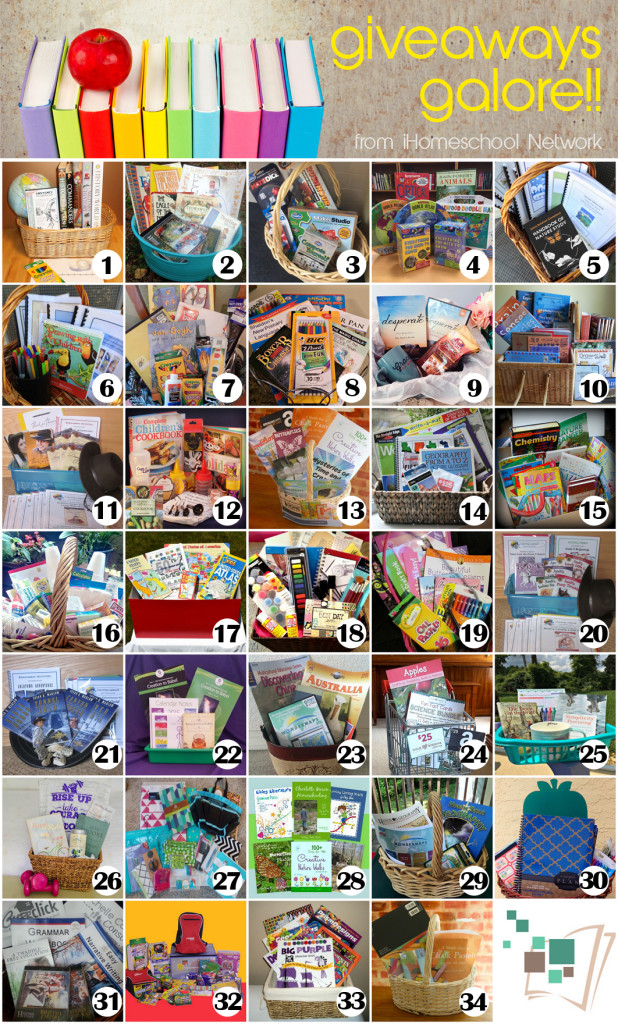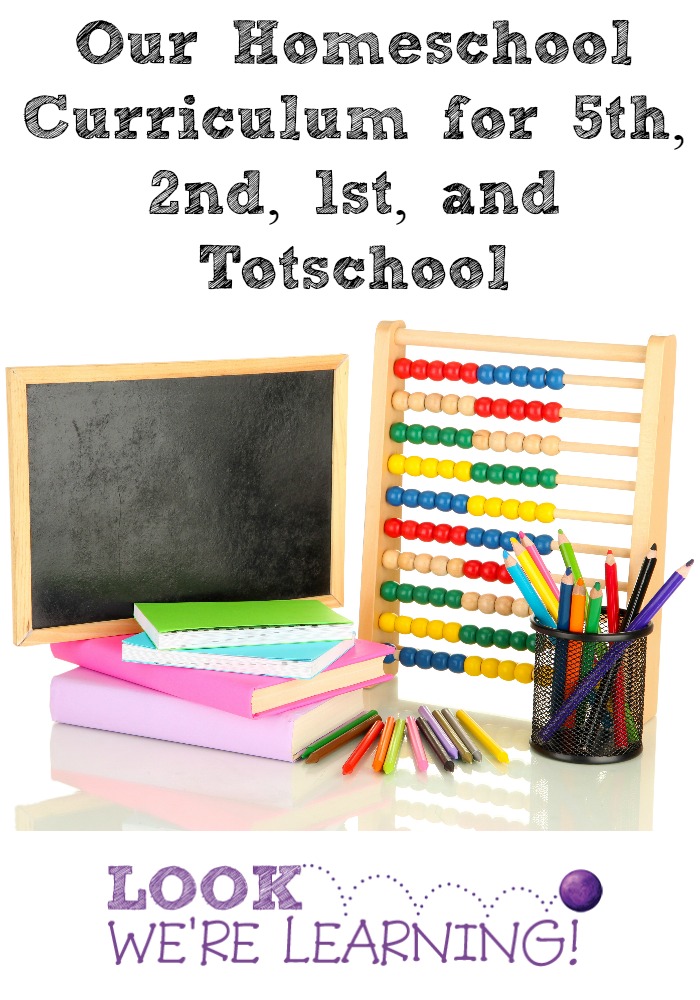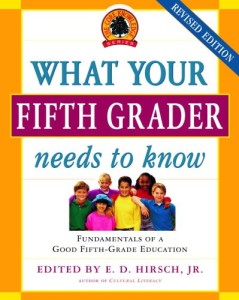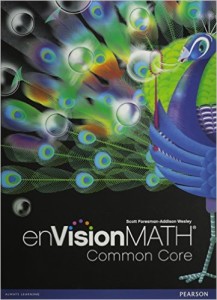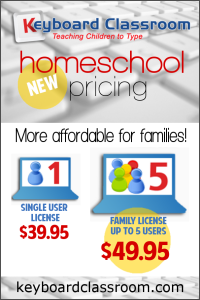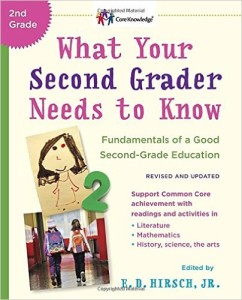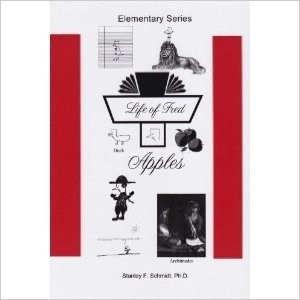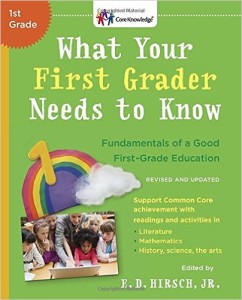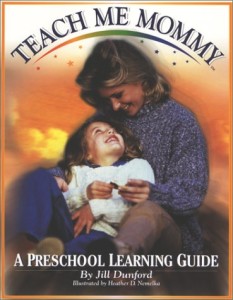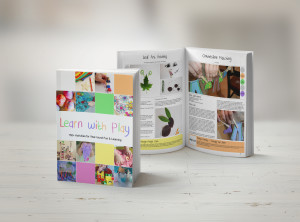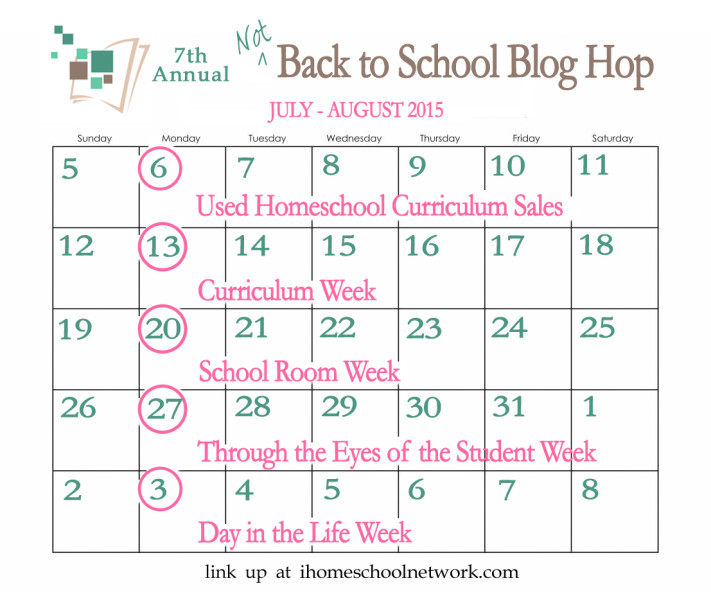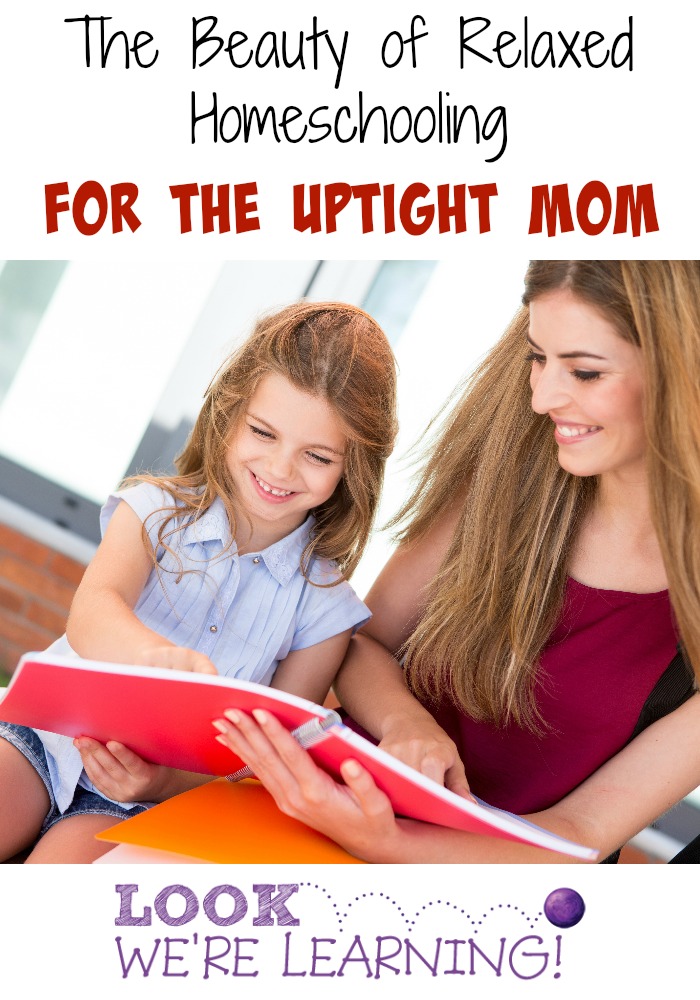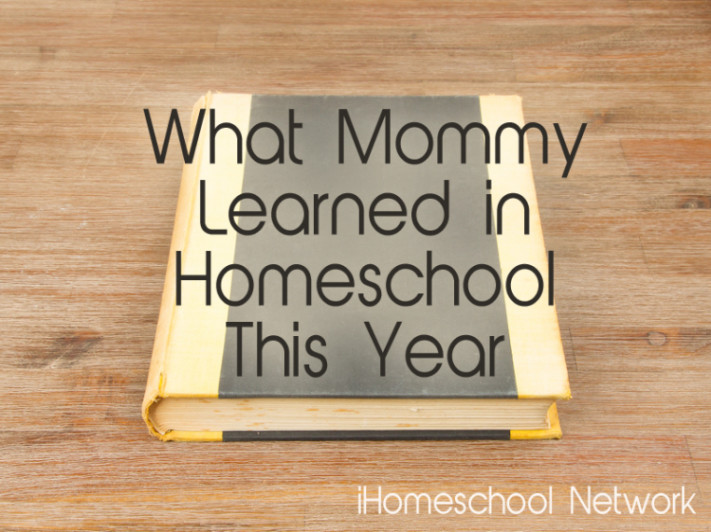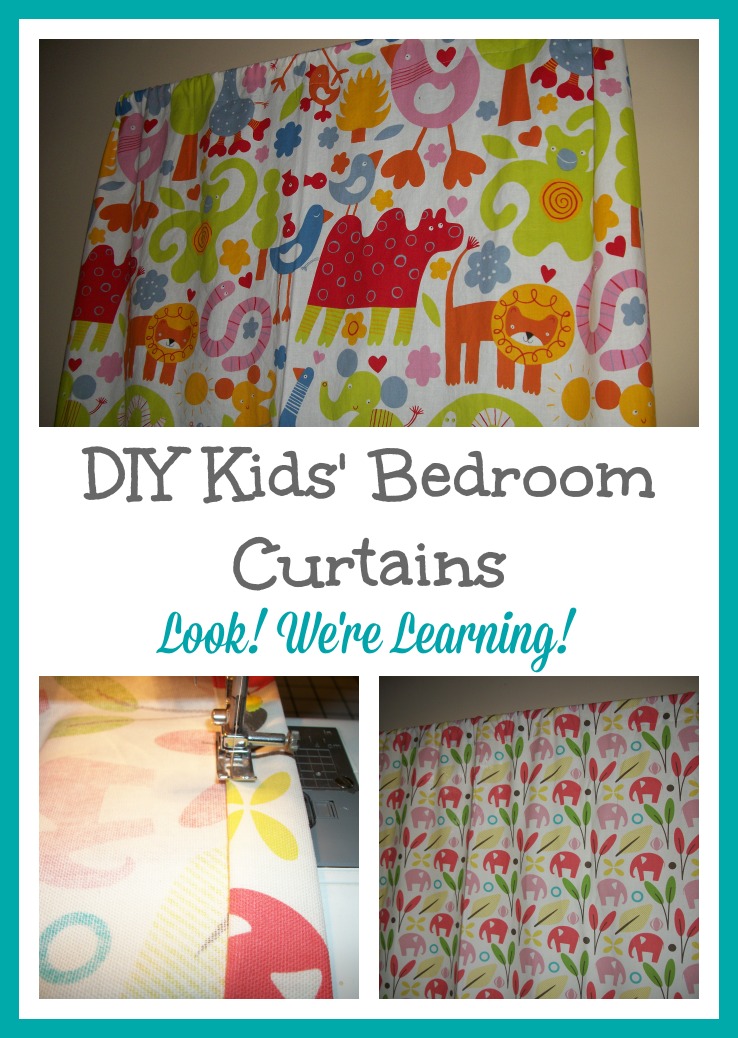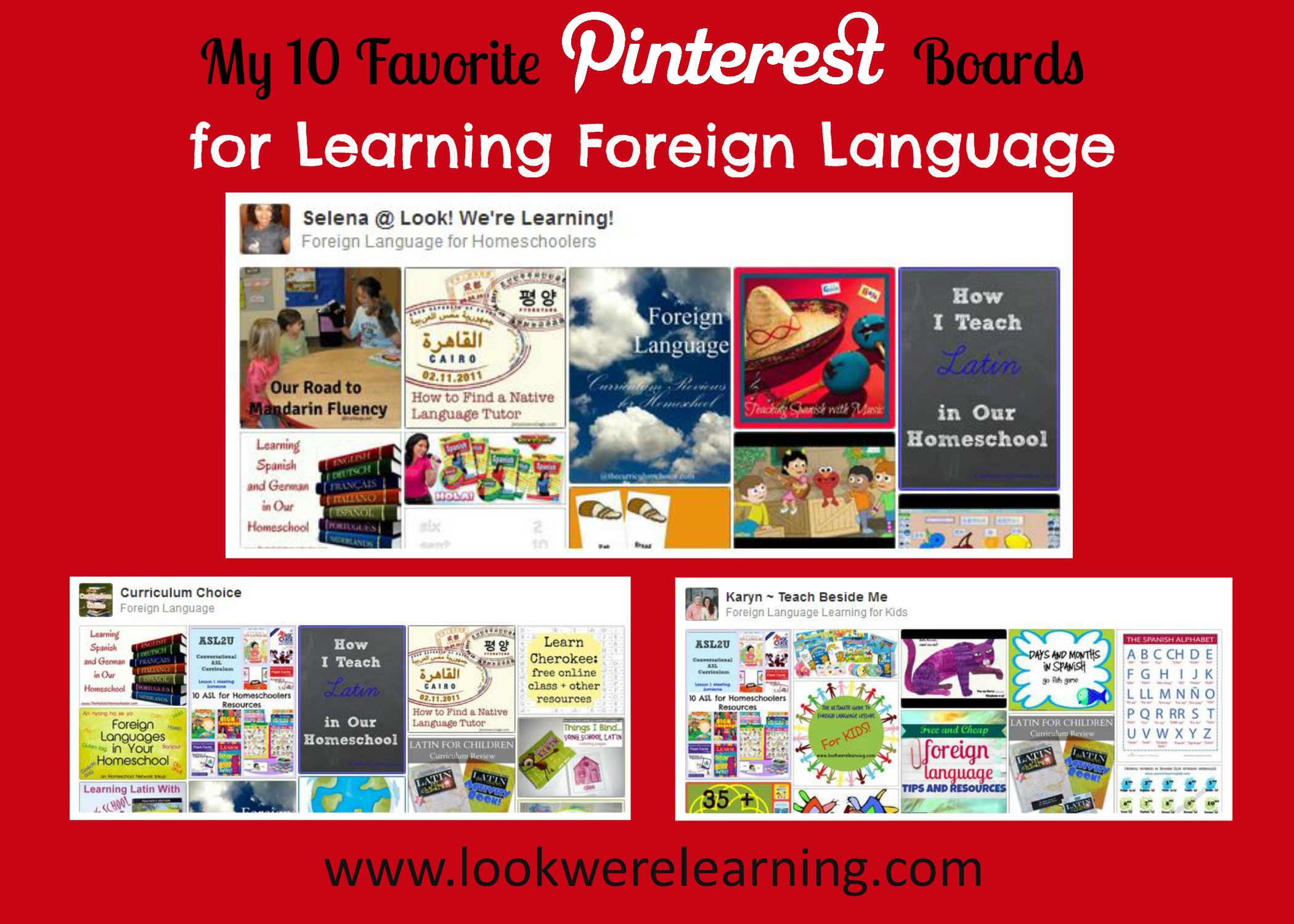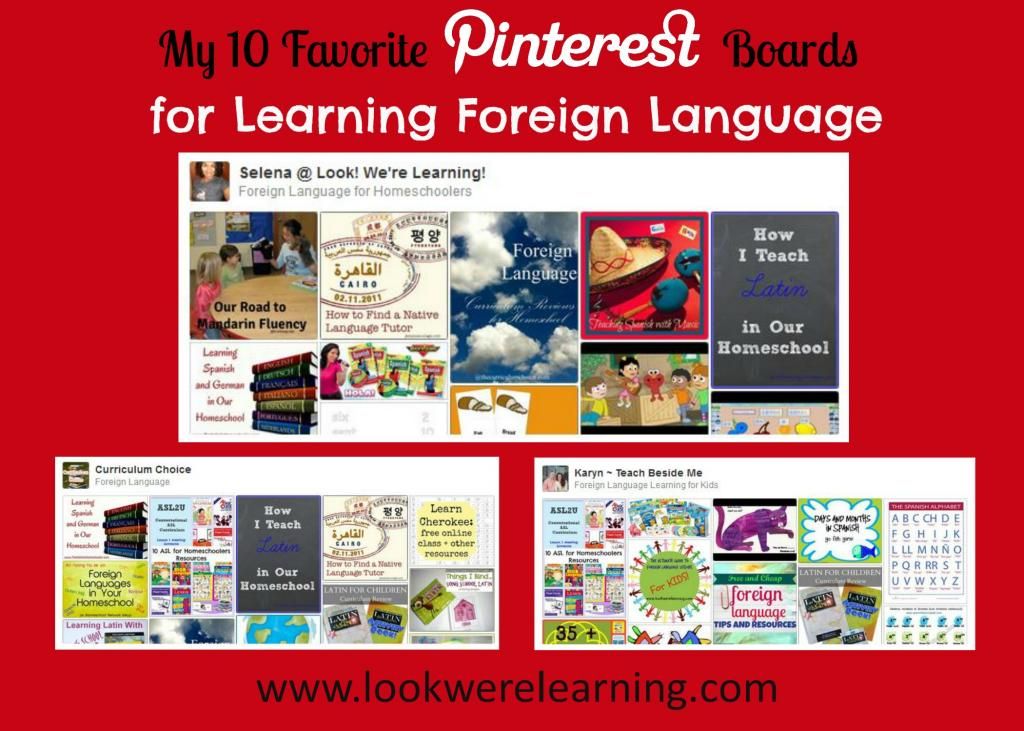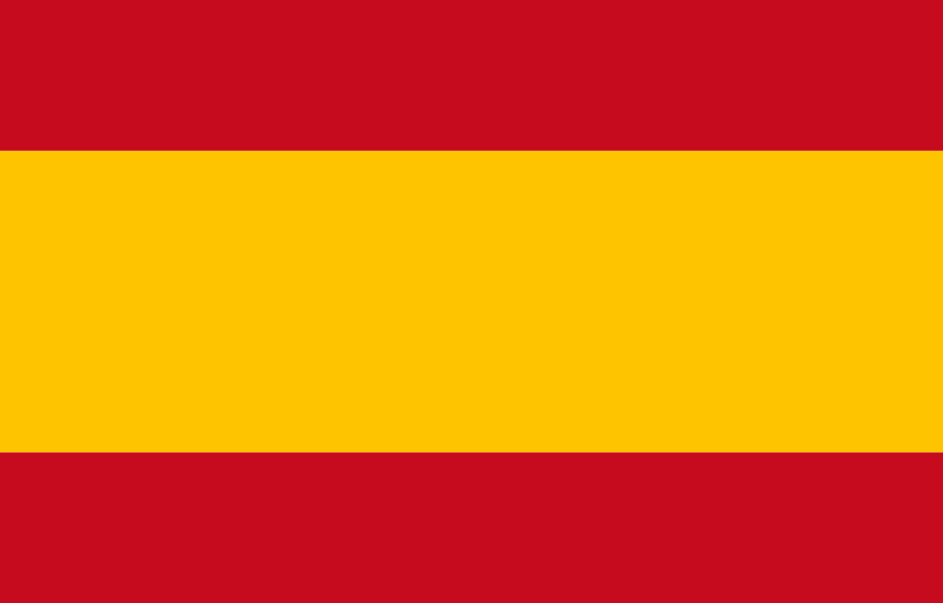We’re celebrating back to homeschool time with a fun Art and Drawing Gift Basket Giveaway! Last year, we shared in the annual Back to Homeschool Gift Basket Giveaway hosted by iHomeschool Network and we had such a great time that we decided to participate again!
Read on to see what we’re giving away, how you can enter to win, and what our fellow bloggers are giving away this year!

This year, we decided to go with an art and drawing theme. Coloring books for adults are all the rage right now, so we’re offering quite a few coloring books with designs intricate enough to keep Mom and Dad entertained!
There are also a couple of drawing books by Ed Emberley and some advanced coloring books for kids!
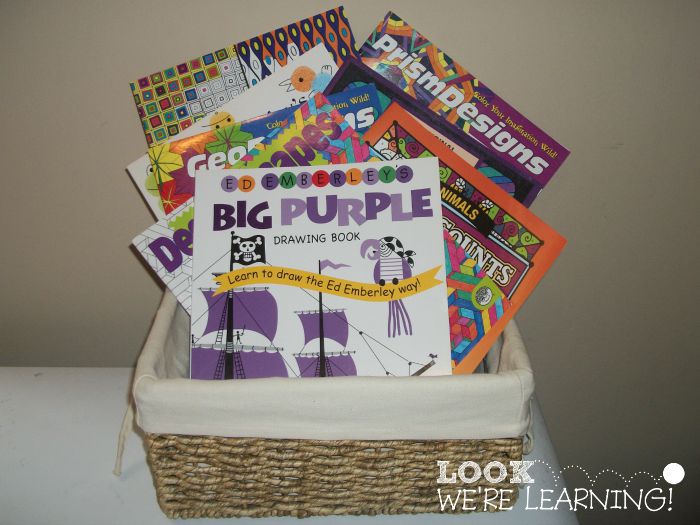
This gift basket includes the following:
- The Big Purple Drawing Book by Ed Emberley
- GeoDesigns
- Aboriginal Mosaics Coloring Book
- Ed Emberley’s Complete FunPrint Drawing Book
- Linear Modern Patterns Coloring Book
- PrismDesigns
- DesignScapes
- Animals Color Counts Color by Number
Note: All of the books will be shipped in a USPS box (minus the basket) to the winning entrant.
To enter to win all these awesome art and drawing books, use the Giveaway Tools widget below!

